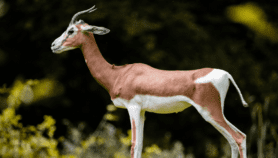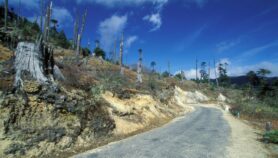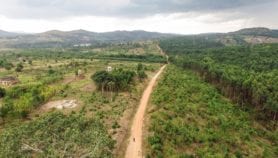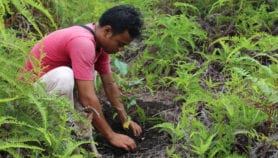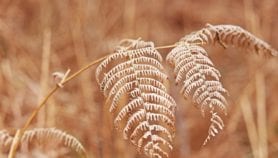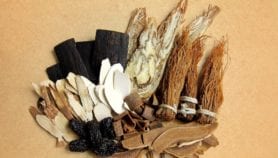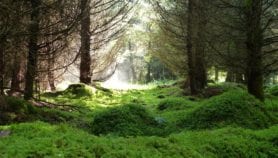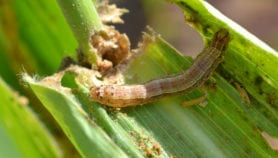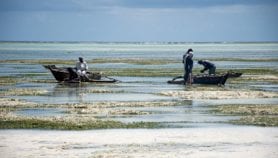By: Michael Malakata
Send to a friend
The details you provide on this page will not be used to send unsolicited email, and will not be sold to a 3rd party. See privacy policy.
Scientists have announced the success of a biological, pesticide-free method in eradicating the highly invasive water hyacinth from Africa’s waterways.
James Ogwang, an entomologist specialising in biological control at the Ugandan National Agriculture Research Organisation, and his colleagues presented their work at the annual meeting of the American Society of Plant Biologists last week (8 July) in Chicago, United States.
The scientists’ control strategy involves mechanical removal of the plants, and harnessing two natural enemies of the water hyacinth — the weed weevils Neochetina bruchi and Neochetina eichhorniae. Using this method, the scientists successfully eradicated 90 per cent of the water hyacinth in Africa’s Lake Victoria.
The water hyacinth plants that proliferated around Lake Victoria throughout the 1990s resulted a decrease in the lake’s biodiversity, said Ogwang in a press release. They also disrupted activities on the lake: fishermen caught less fish, the plants interfered with water transport and blocked hydroelectric power turbines, which resulted in a severe drop in the supply of electricity.
The ‘mats’ of water hyacinth are also a threat to human health; they provide a habitat for insects carrying malaria and schistosomiasis, and rotting hyacinths contaminate drinking water, causing gastrointestinal disease.
Both the adult and larval weed weevils eat water hyacinth and, by tunnelling into the plant, allow bacteria and fungi to invade the plant. Water also enters these tunnels, sinking the mats. Once submerged, water and wave action continue to degrade the plant matter.
The control strategy resulted in reduced cases of disease, increased power generation and larger catches of fish for export. And because pesticide was not used, the process is a cheaper and more sustainable way of removing the weeds.
Amon Mwape, an environmental scientist from the Zambian Ministry of Tourism, Environment and Natural Resources says water hyacinths are invading most of Africa’s rivers, and they are a big challenge.
"It is a good effort by the scientists to come up with a natural and less expensive way of controlling the weeds," he said.
But he also warned of the dangers of introducing new, non-native species into the environment.
"The scientists must be cautious that these insects do not cause damage to other plant species," said Mwape.
Water hyacinth, Eichhornia crassipes, is one of the most invasive waterweeds in the world, and was first observed in Lake Victoria in 1989.
The biological method of water hyacinth control used in Lake Victoria was originally implemented in Florida, United States, in the 1970s.



